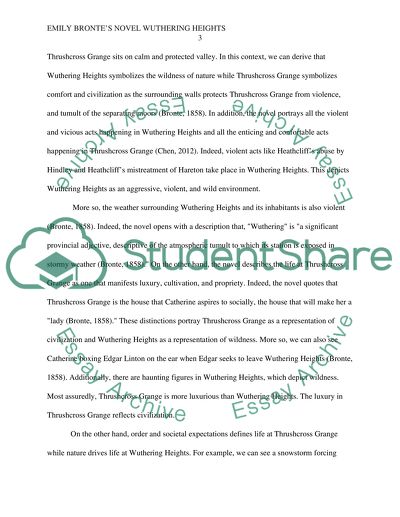Cite this document
(“Emily Bront's novel Wuthering Heights Essay Example | Topics and Well Written Essays - 1500 words”, n.d.)
Retrieved from https://studentshare.org/english/1480708-emily-bronts-novel-wuthering-heights
Retrieved from https://studentshare.org/english/1480708-emily-bronts-novel-wuthering-heights
(Emily Bront'S Novel Wuthering Heights Essay Example | Topics and Well Written Essays - 1500 Words)
https://studentshare.org/english/1480708-emily-bronts-novel-wuthering-heights.
https://studentshare.org/english/1480708-emily-bronts-novel-wuthering-heights.
“Emily Bront'S Novel Wuthering Heights Essay Example | Topics and Well Written Essays - 1500 Words”, n.d. https://studentshare.org/english/1480708-emily-bronts-novel-wuthering-heights.


